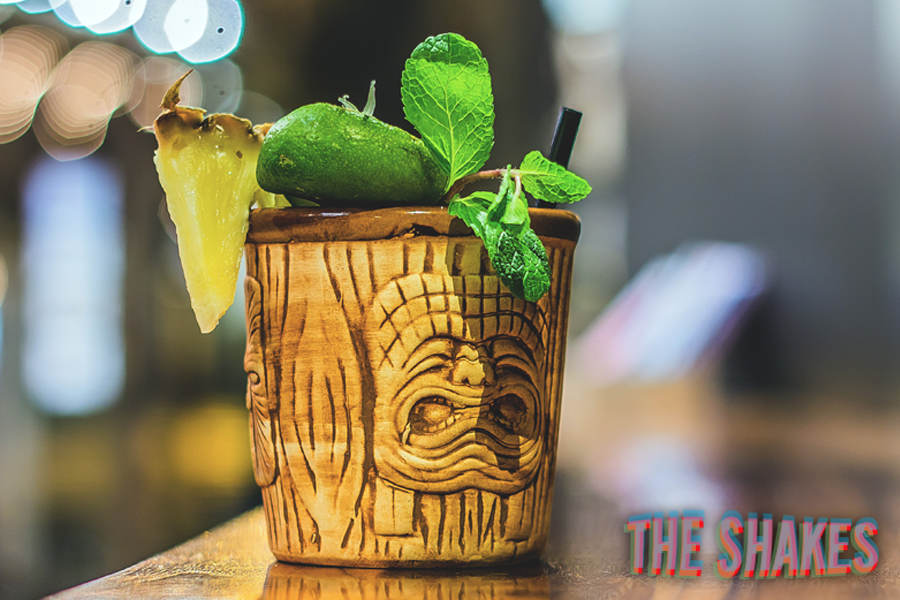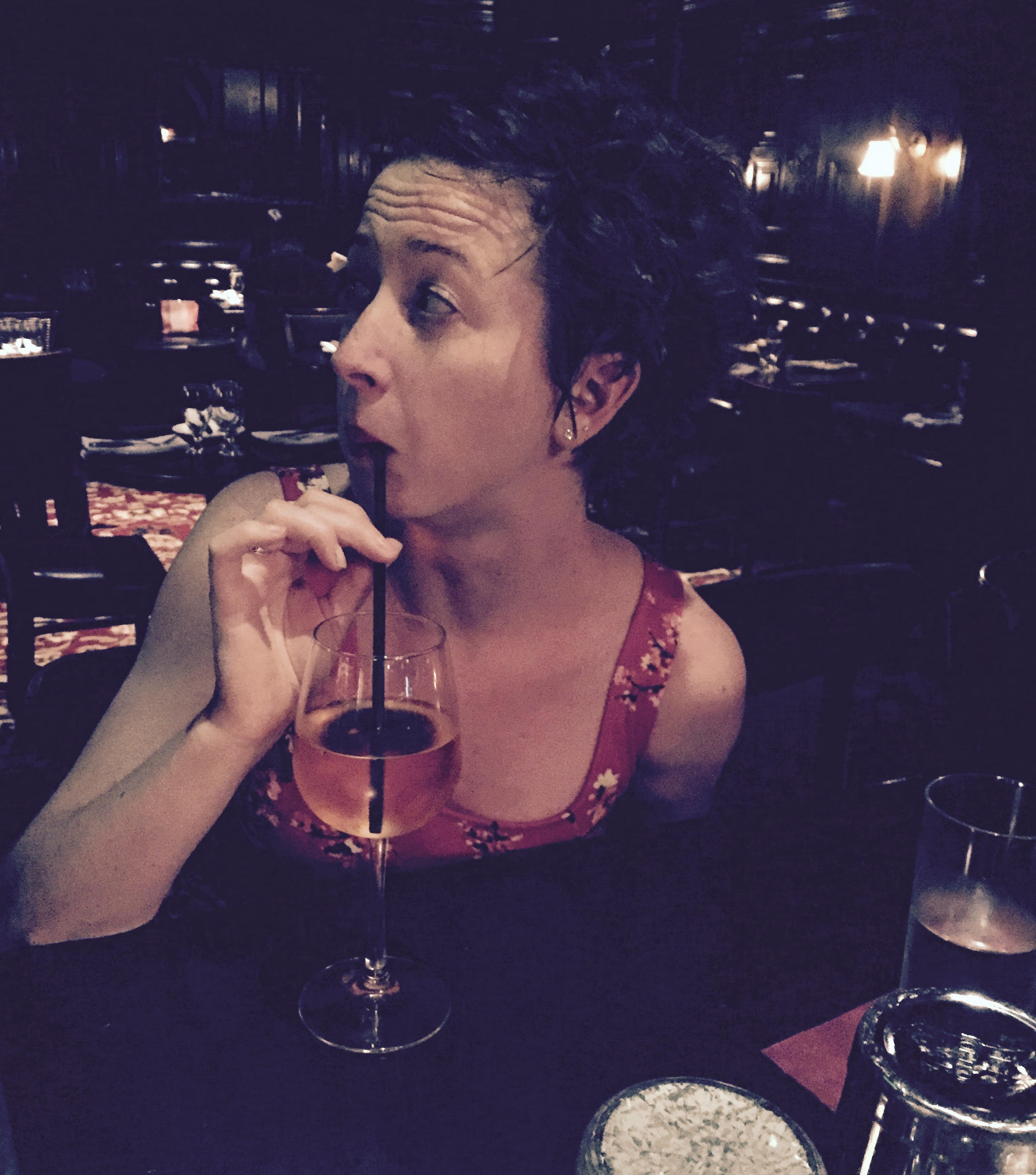It happens all the time: People come into our bar, stare at the cocktail list, and when I ask them what they’d like to drink, they say, “I don’t know, but something light, and nothing too sweet.”
“Okay,” I respond. “Can you tell me what kind of spirit you like?”
“Not rum,” they say after the process of elimination has worked its way across their face. “I don’t want anything with a lot of sugar.”
I smile. And sigh. Then I take a quick look around to see how much time I have to get into the history of rum, its complexity, how all alcohol is fermented from sugar and that rum drinks get a bad rap because of decades of synthetic mixers and misinformation.
There’s never enough time.
“I totally get it,” I tell them. “But how about I make you something, and if you don’t like it, I’ll drink it?”
Everyone loves that line.
I walk down the bar, toward the shelves that house our rums, and pull a bottle of agricole down from the shelf. I use it to mix a basic daiquiri: Two ounces of rum and three-quarter ounces of fresh lime juice and simple syrup. I add ice, shake heartily for a few beats and then strain the light green, chilled drink into a cocktail glass.
“What do you think?” I’ll ask after they’ve had a few sips.
“That’s so good. What is it?”
“That’s an agricole rum daiquiri,” I say as their eyes pop out of their head.
The lesson here: Rum doesn’t have to be sweet — and neither do the drinks you make with it.
So, how did we get here?
Rum: Sugar-based, Not Inherently Sugar-y
The first misperception that needs correcting is that rum is an inherently sugar-y spirit. While the raw materials that make rum (sugar cane syrup or molasses) are certainly loaded with sugar, the same is true of every other spirit. “With whiskey, you start with malt syrup, which is very sweet, a lot like molasses. With Calvados, it’s apple juice,” says Maggie Campbell, head distiller and president of Privateer Rum in Massachusetts.
But as she explains, yeast eats the sugar and turns it into alcohol during the fermentation process — no matter the spirit. “We know when our fermentation is done because we take a measurement of the sugar,” Campbell says. “And it’s done when all the sugar is gone. So by the time we’re done fermenting, there’s already no sugar in the product. It’s all been converted into alcohol.”
“Distilled spirits are distilled spirits,” says Martin Cate, owner of San Francisco rum mecca Smuggler’s Cove, the bar with the most extensive rum collection in North America. “Any variables in caloric content from spirit to spirit are basically due to alcohol percentage. If you’re drinking a 110-proof spirit, it may be higher in calories than an 80-proof spirit but sugar doesn’t travel through stills.”
Any sweetness or coloring in rum (or any spirit, really) is added post-distillation by barrel aging, or in some unfortunate circumstances, by the addition of sugar or false coloring. In fact, with some rare exceptions — Plantation Rum, for example, adds very small amounts of sugar and flavor to some of its rums post-distillation because it feels it’s true to the style of their products, a fact they’re completely transparent about — the presence of sugar often hides an inferior product. “I always say sugar hides a magnitude of sins,” Campbell explains. “Without adding anything post-distillation you have to make it correctly,” she says. “Our silver rum is only spirit, water and time. You’re not going to magically stabilize the flavor profile by filtering and sweetening.”
Long story short: Good rum isn’t overtly sweet, even though it’s made from molasses and/or sugar cane. If it’s super sweet, it’s had sugars and/or flavors and/or coloring added after distillation.
So What To Look For?
Unfortunately, there’s no hard-and-fast rule for good rum. I could throw a handful of distilleries out to you — Privateer, obviously, as well as Plantation, Rhum J.M. and Foursquare Distillery all come to mind — but there are hundreds of distilleries manufacturing rum, all using different methods. Not to mention: “It’s hard to know who’s sweetening and who’s not because there’s a lack of transparency in the distilling industry,” Campbell says. “We’re pushing for more honestly — like be proud of what you do. But I’ve had distillers lie to my face about what they’re doing.”
“It’s coming,” she continues, “but we’re not there yet.”
In the meantime, there are a handful of sources online that list the sugar content of various (although certainly not all) rums. Also: Ask your bartender. Knowing our inventory (its origins, its distillation process, its flavor profile) is a big part of our job, and odds are we’ve tasted every bottle on our shelves at least once and would love to do so again — with you.
Now, About Rum Cocktails…
Like many things regarding taste and fashion, we can blame the degradation of rum cocktails on the 1970s. “The 1960s, 1970s and 1980s saw the rise of the instant mix, the powder mix and all these terrible ingredients that seemed exciting because it was science,” Cate says. “But it was crap.”
The original tiki drinks — e.g., the Mai Tai, Zombie and Scorpions — were complicated, booze-heavy cocktails that used a ton of ingredients but zero artificial, high-fructose corn syrup-laden syrups or sweeteners. “The great and noble history of the exotic cocktail starts the 1930s,” Cate says. “The problem with exotic cocktails is that they were complex, and as time went on and the trend caught on, you couldn’t find people willing to make them right.”
“I call it the Elevator-Music Effect,” Campbell says. “Just like music in an elevator is meant to offend no one, it ends up pleasing no one. That’s what happened with tiki, too.”
“Nothing’s been more bastardized than the Mai Tai,” Cate says. “It’s the most horribly debased drink in the world.” For the record: It’s essentially a nutty margarita made with rum. It contains five ingredients, a light rum, a dark rum, orgeat (almond syrup), a dry orange liqueur, and fresh lime juice. But go to two different bars, and you’ll likely get two entirely different drinks.
“A big part of what we did at Smuggler’s Cove was launch a war against decades and decades of terrible exotic cocktails,” Cate says.
All of which brings us back to the daiquiri.
“A daiquiri (two parts rum, one part lime juice and one part sugar) was what Cuban miners would have after a long, hard day in the mines,” Campbell says. “It’s not this fruity, sweet drink. It’s a tough-as-shit drink.”
What Else To Do With Rum
Of course, the other negative assumption about rum is that a proper rum cocktail requires lime and sugar. “People have been putting sugar and citrus in spirits since the 17th century,” Cate explains. “But you can do so much more.” For instance, Cate, who literally wrote the book on the history of rum cocktails, has an entire chapter on stirred rum drinks. “Brown, bitter and stirred works wonderfully with rum,” he says.
Similarly, swapping whiskey for rum in a Manhattan or Old Fashioned is a great way to start playing with rum drinks sans citrus as well. You also can order (or make) a Negroni with rum instead of gin, or go for an El Presidente, a classic stirred rum cocktail with dry vermouth, orange liqueur and grenadine. “That’s the beauty of rum,” Cate says. “If you want the long fruity punch, it’s there, if you want the sophisticated stirred drink, it’s there as well. It’s all there.”
So if you hear any different, call bullshit. After all, there’s about five decades of bad history to correct.

